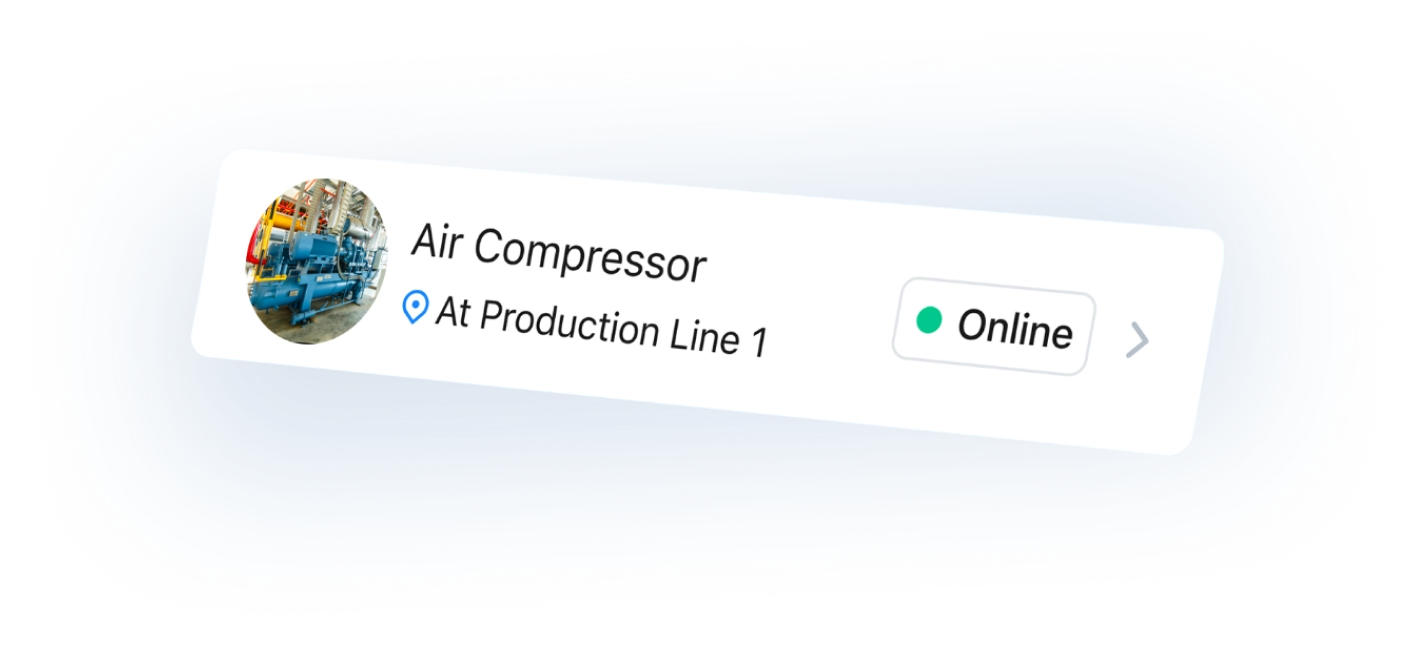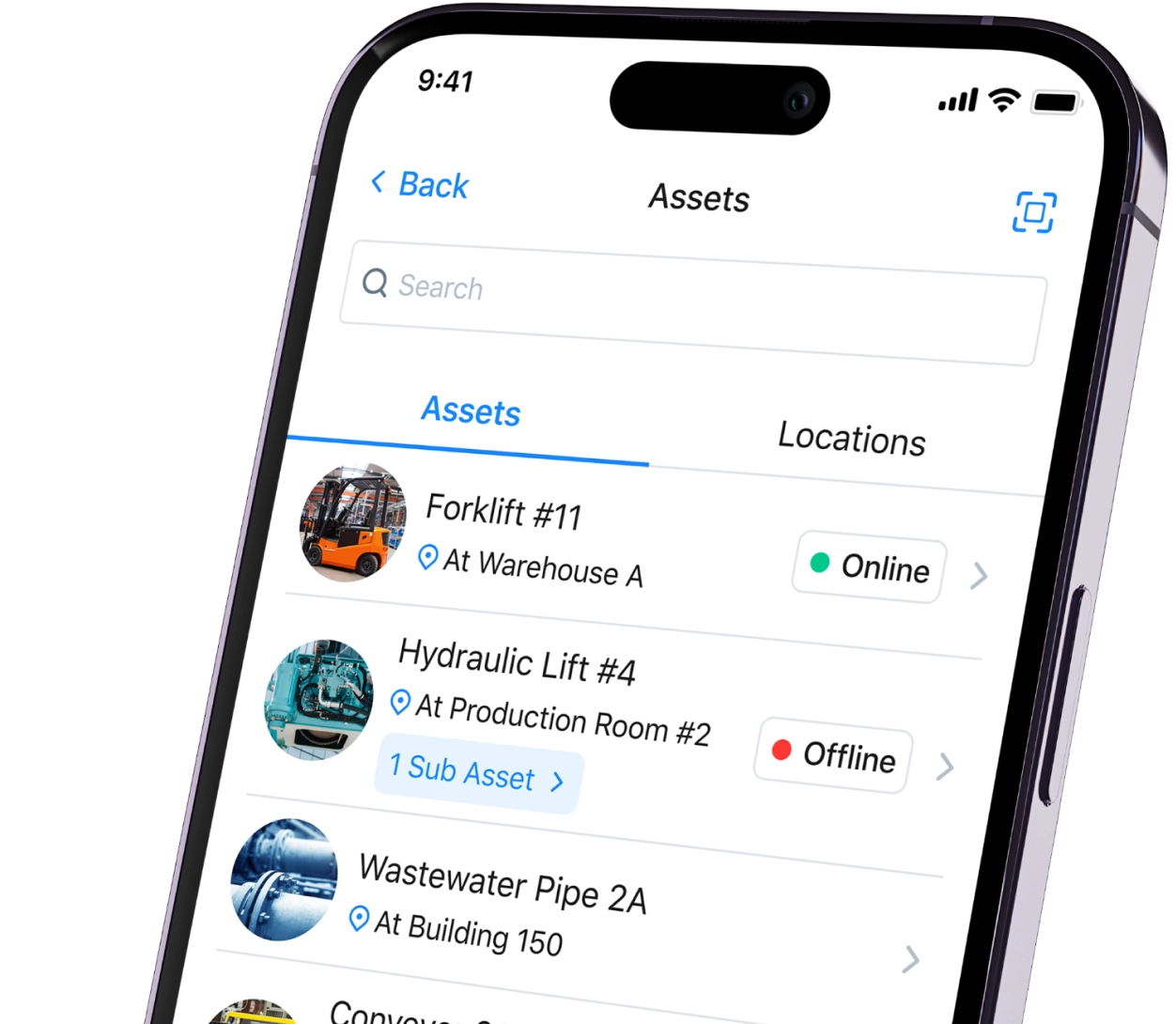What is integrated facility management (IFM)?
Integrated facility management (IFM) consolidates all facility services under a unified management system. This model combines various operational functions—from maintenance and security to cleaning and energy management—into a cohesive framework designed to optimize facility performance.
Unlike traditional facilities management, where services operate in isolation, IFM creates an interconnected ecosystem where data, resources, and workflows are shared across service lines. This integration enables organizations to streamline operations, reduce costs, and make informed decisions based on comprehensive facility insights.
Key takeaways
- IFM platforms provide centralized data that enables proactive rather than reactive maintenance strategies.
- Effective IFM implementation requires commitment to both technological integration and workflow standardization.
- Companies can implement IFM either in-house or through specialized service providers based on organizational needs.
- When outsourced, IFM delivers up to 15% reduction in operating costs compared to traditional facility management approaches.
Who is integrated facility management best for?
Large organizations
Large organizations manage substantial physical infrastructure with multiple systems that require constant oversight. These operations often include complex HVAC systems, extensive electrical networks, and numerous building assets that demand regular maintenance.
IFM provides these organizations with the structure to coordinate maintenance activities, standardize procedures across departments, and eliminate redundancies that increase costs. The centralized approach allows facilities teams to track asset performance, schedule preventive maintenance, and allocate resources based on strategic priorities rather than immediate demands.
Organizations operating in multiple locations
Organizations with facilities spread across different geographic locations face unique challenges in maintaining consistent standards and practices. Remote sites often develop different procedures, use separate vendors, and implement varying maintenance schedules that create inefficiencies.
IFM establishes standardized processes that ensure all locations follow the same protocols regardless of physical distance. This consistency helps management teams track performance metrics across the entire portfolio, identify best practices for replication, and negotiate better rates with service providers through consolidated contracts.
Organizations with complex operational environments
Facilities with specialized requirements, such as manufacturing plants, healthcare institutions, and research facilities, operate in highly regulated environments where downtime creates significant risks. These operations require meticulous coordination between different building systems and strict adherence to maintenance schedules.
IFM provides the framework to manage these interconnected systems through a holistic approach that considers how each component affects the entire operation. The integration allows facility managers to develop comprehensive maintenance strategies that address regulatory compliance, operational requirements, and safety protocols within a single management structure.
The benefits of integrated facility management
Reducing operational expenses
IFM delivers cost savings by eliminating process redundancies and optimizing resource allocation. The consolidated management approach removes duplicate efforts across departments and provides visibility into spending patterns that identify waste.
Organizations implementing IFM typically reduce operational costs by consolidating vendor contracts, standardizing purchasing procedures, and implementing energy management strategies that minimize consumption. These measures create both immediate savings and long-term cost benefits through improved asset performance and extended equipment lifecycles.
Improving asset performance
Assets under IFM programs receive consistent attention through scheduled maintenance that prevents unexpected failures. This preventive approach extends equipment life and reduces emergency repair costs that strain maintenance budgets.
Integrated systems provide comprehensive data on asset conditions, allowing maintenance teams to prioritize interventions based on critical needs rather than arbitrary schedules. A data-driven approach ensures resources focus on equipment that delivers the greatest operational impact, maximizing the return on maintenance investments.
Regulatory compliance
Facilities must comply with numerous regulations governing safety, accessibility, environmental impact, and operational standards. IFM establishes systematic processes for tracking regulatory requirements and documenting compliance activities across all facility functions.
The centralized information repository makes audit preparation more efficient by providing immediate access to maintenance records, inspection reports, and certification documentation. Better organization reduces compliance risks and prevents potential penalties associated with regulatory violations.
Improving occupant satisfaction
Facility performance directly impacts the experience of people using the space. IFM improves occupant satisfaction by ensuring environmental comfort, space functionality, and prompt response to service requests.
Integrated work order management systems streamline the reporting process and provide accountability by tracking response times and resolution rates. Transparency creates trust with building occupants and provides facilities teams with performance metrics for continuous improvement.
Streamlining stakeholder communication and decision-making
IFM creates a single point of contact for facility-related matters, eliminating confusion about who handles specific issues. Clarity improves communication between occupants, management, and service providers.
Centralized information systems provide real-time data that supports informed decisions about resource allocation, capital investments, and operational changes. The comprehensive view of facility performance enables leadership teams to align facility operations with broader business goals and strategic initiatives.
How to implement IFM
In-house
Organizations implementing IFM in-house maintain direct control over facility operations while integrating previously separate functions. This approach requires investment in technology platforms, process development, and staff training to create a unified management structure.
The in-house model works best for organizations with existing facilities expertise and the resources to develop integrated systems. Success depends on leadership commitment, cross-departmental collaboration, and willingness to transform established workflows into more efficient processes.
Outsourcing to specialist providers
Many organizations partner with specialized IFM providers that bring established processes, technology platforms, and industry expertise. These partnerships allow internal teams to focus on core business activities while facility management responsibilities transfer to dedicated specialists.
Effective outsourcing requires clear service level agreements, performance metrics, and communication protocols that maintain alignment between provider activities and organizational goals. The relationship succeeds when both parties commit to transparency, continuous improvement, and shared operational objectives.
Support IFM implementation with the right tech stack
Technology forms the foundation of successful IFM implementation by connecting disparate systems and providing actionable data. Effective platforms include:
- Computerized maintenance management systems (CMMS) that centralize work order management, preventive maintenance scheduling, and asset tracking
- Building automation systems that monitor and control mechanical equipment, lighting, and environmental conditions
- IoT sensors that provide real-time data on equipment performance, space utilization, and environmental conditions
- Analytics tools that transform operational data into insights for decision support and performance optimization
- Mobile applications that give technicians immediate access to documentation, work orders, and communication tools
The right technology stack creates a digital infrastructure that supports process integration, data-driven decisions, and continuous operational improvement.
Transform your facility management with CMMS tools
CMMS tools like MaintainX provide a comprehensive platform designed specifically for facility maintenance and management needs. The software centralizes work order management, preventive maintenance scheduling, and asset tracking within an intuitive interface accessible from both desktop and mobile devices.
Organizations using MaintainX report significant improvements in operational efficiency. The platform supports both in-house facility teams and integrated service providers with tools that create accountability, track performance, and document maintenance activities.
FAQs on Integrated Facility Management
Traditional facilities management typically operates through siloed departments handling specific functions like maintenance, cleaning, or security with minimal coordination between teams. This approach creates information gaps, inconsistent service delivery, and inefficient resource utilization.
IFM consolidates these functions under unified management that coordinates activities, shares information, and aligns facility operations with organizational objectives. The integrated approach eliminates departmental barriers that slow response times and create service inconsistencies across facility functions.
Pros:
- Creates operational efficiencies through standardized processes
- Provides comprehensive facility data for informed decision-making
- Reduces costs through optimized resource allocation and vendor management
- Improves service quality through accountability and performance tracking
- Extends asset lifecycles through consistent preventive maintenance
Cons:
- Requires significant change management to implement successfully
- Demands investment in technology platforms and systems integration
- May create temporary disruption during transition from traditional models
- Needs ongoing commitment to maintain procedural discipline
- Can face resistance from teams accustomed to departmental autonomy
Organizations achieve maximum benefits when leadership fully commits to the transformation process and provides the resources necessary for successful implementation.
See MaintainX in action








